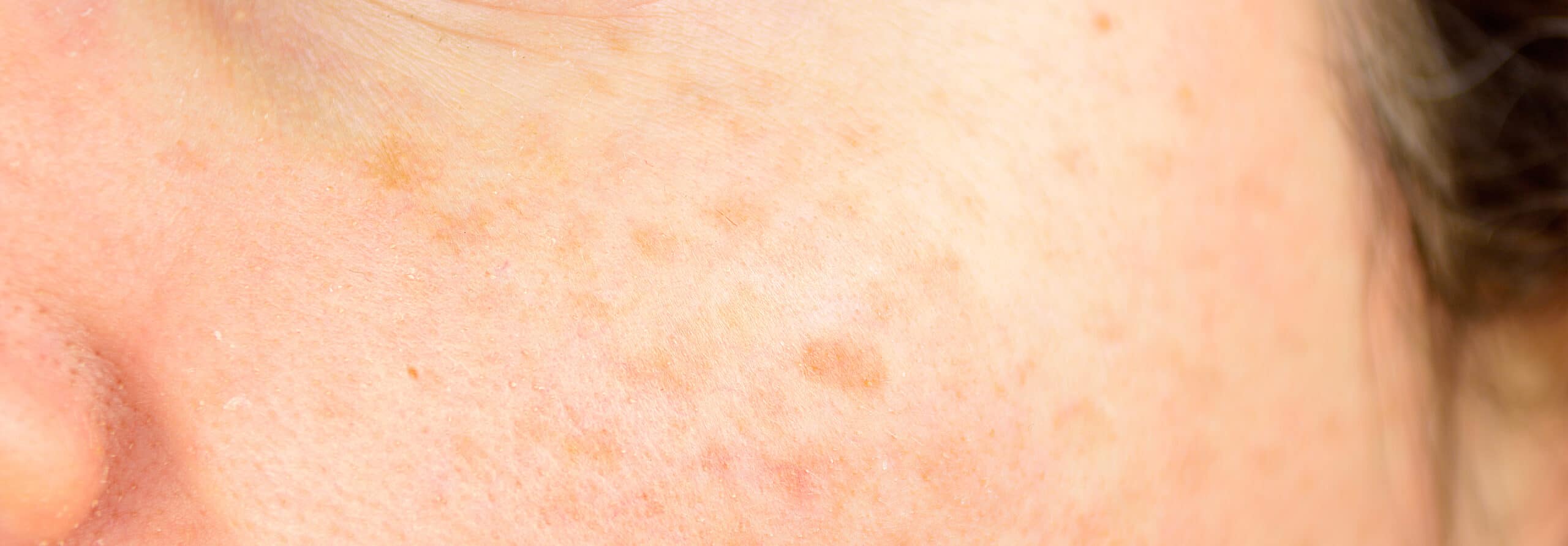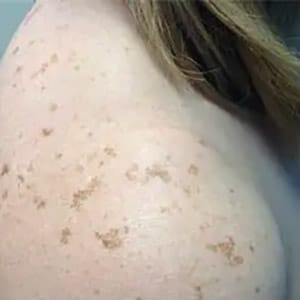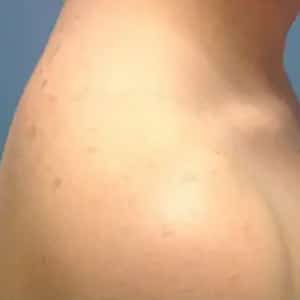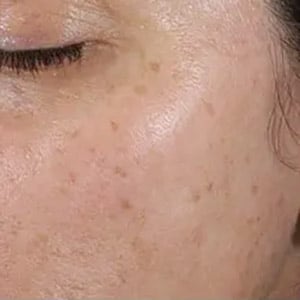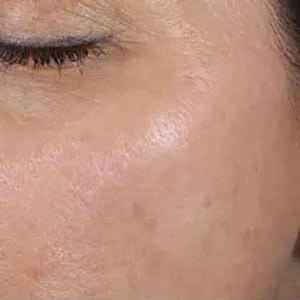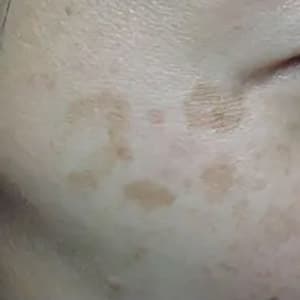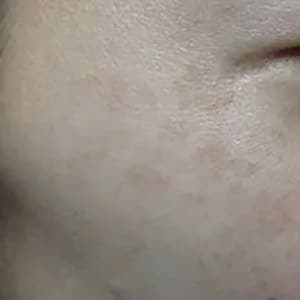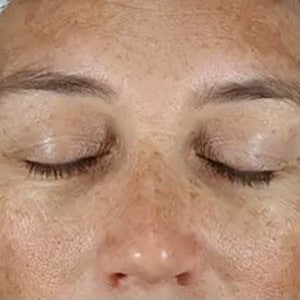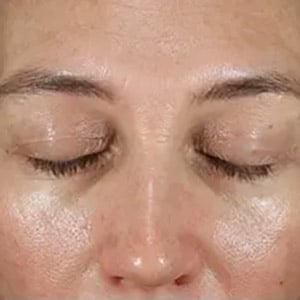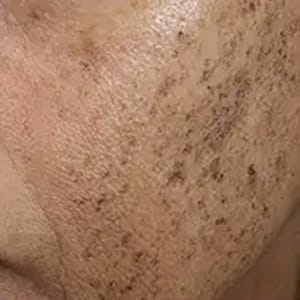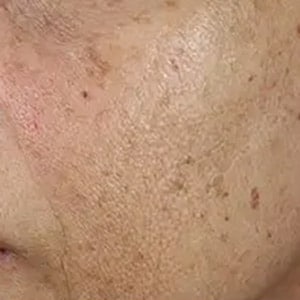What are Sunspots on the Skin?
Sunspots and sun damage, sometimes referred to as liver spots or age spots, are small, flat and dark areas on the skin. They typically show up on parts of the body that receive a lot of sun exposure such as the face, hands, arms and shoulders. Most common in older people, anyone can get them if they spend too much time exposed to the sun.
Signs and Symptoms of Sunspots
Sunspots are most common in adults with light skin but they can appear on anybody. Signs of sun damage include:
- Oval areas of darkened pigmentation
- Typically present in areas exposed to sun such as forehead or the tops of shoulders
- Marks that range in size from freckle-sized to 0.5 inches
- Marks that do not fade or disappear when skin is not exposed to sun
Different Types of Sun Damage
The cumulative effect of sun damage leads to varying physical changes to the skin. Sun-damaged skin doesn’t only present itself in the way of sunspots; there are many other conditions that can result from sun damage, which include:
- Fine Lines & Wrinkles
- Leathery Skin
- Photoaging
- Moles
- Lentigo: Flat brown spot, with a clearly defined border, often referred to as a “sunspot.”
- Poikiloderma: Brown pigmentation, redness and dilated blood vessels on the sides of the neck and chest.
- Telangiectasias: Dilation of small blood vessels commonly seen on the cheeks, nose, chin and chest.
- Actinic Keratoses (precancerous lesion): The most common type of sun damage is actinic keratosis. This condition presents itself as persistent rough, scaly spots that appear on sun exposed areas due to years of sun exposure. This is a precancerous condition caused by long-term exposure to ultraviolet (UV) rays from the sun or tanning beds. A small percentage of these lesions left untreated can develop into skin cancer, especially squamous cell carcinoma.
What Causes Sunspots?
Sunspots or sun damage are caused by exposure to the UV light in the sun or in commercial tanning beds. This exposure causes the pigment cells in the skin to become overactive. The result is an excess of melanin (skin pigment) in the areas exposed to the sun, which leads to the brown or black color of sun spots. Those with lighter skin tones or who have a history of sunburn or excess sun exposure are more likely to develop the condition.
Are Sunspots Dangerous?
Most sunspots are harmless and do not require treatment. However, they can be a sign of more serious sun damage. While most sunspots are not cancerous, some types of sun damage can lead to skin cancer. If you have any concerns about sunspots, it is best to see a dermatologist for evaluation.
Do Sunspots Fade Over Time?
Sunspots do tend to fade over time, but they may never go away completely. Some people may find that their sunspots gradually become less noticeable with time, while others may find that their sunspots remain the same. If you are concerned about the appearance of your sunspots, there are a number of cosmetic and surgical dermatology treatments that can help, including topical creams, laser therapy, and cryotherapy.
How Can I Prevent Sunspots?
The best way to prevent sunspots is to avoid excessive sun exposure. When you are in the sun, be sure to wear sunscreen with an SPF of 30 or higher. Wear protective clothing, such as a long-sleeved shirt, pants, a wide-brimmed hat, and sunglasses. Seek shade when possible, and avoid being in the sun during the peak hours of 10am to 4pm. If you are using a tanning bed, be sure to wear protective eyewear and avoid overexposure.
How to Get Rid of Sunspots & Treat Sun Damaged Skin?
While most sunspots are harmless and do not require treatment, there are a number of treatments that can help improve the appearance of sunspots and other sun damage, including topical creams, laser therapy, and brightening peels.

